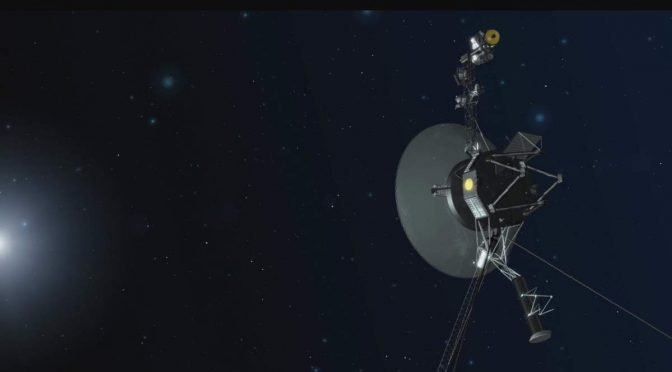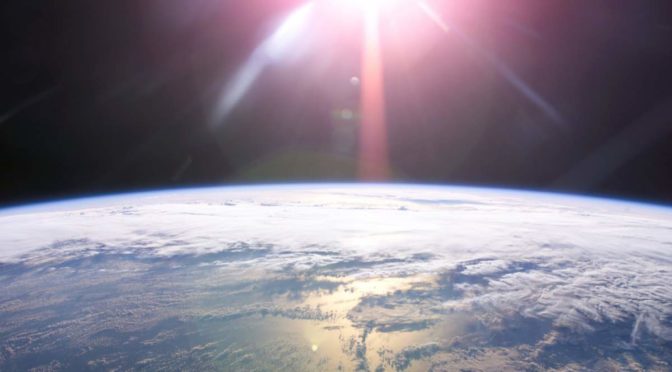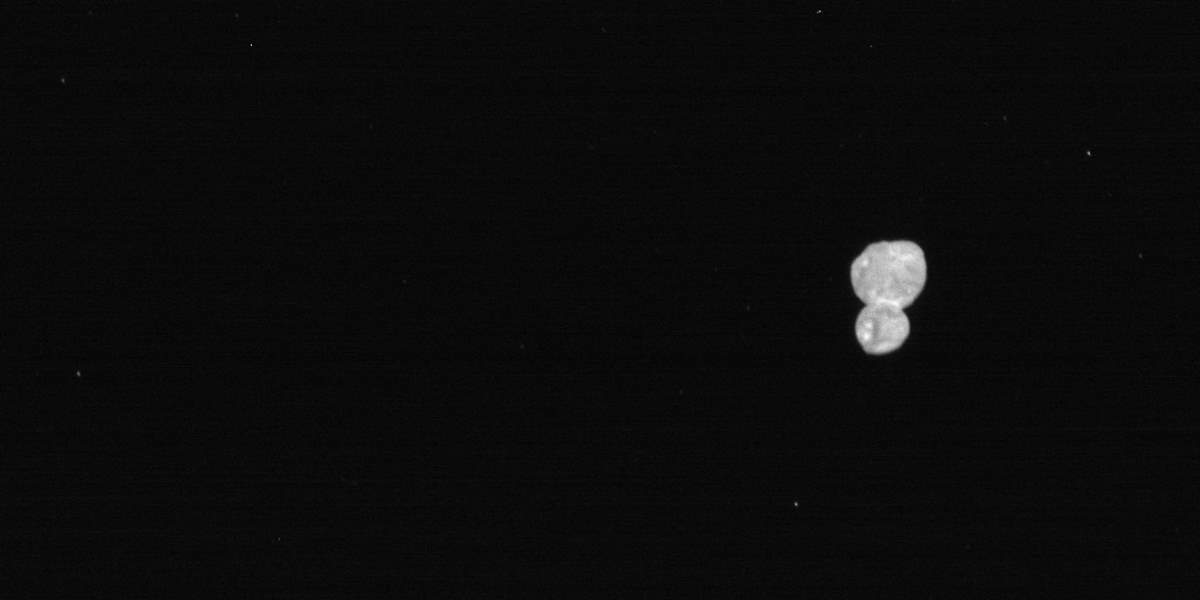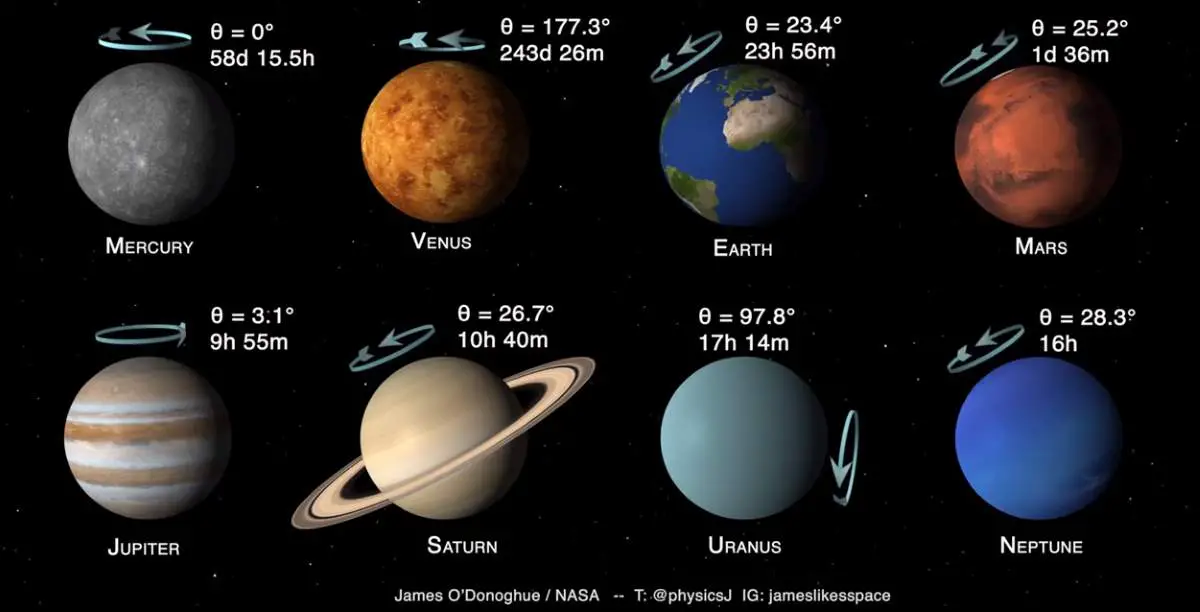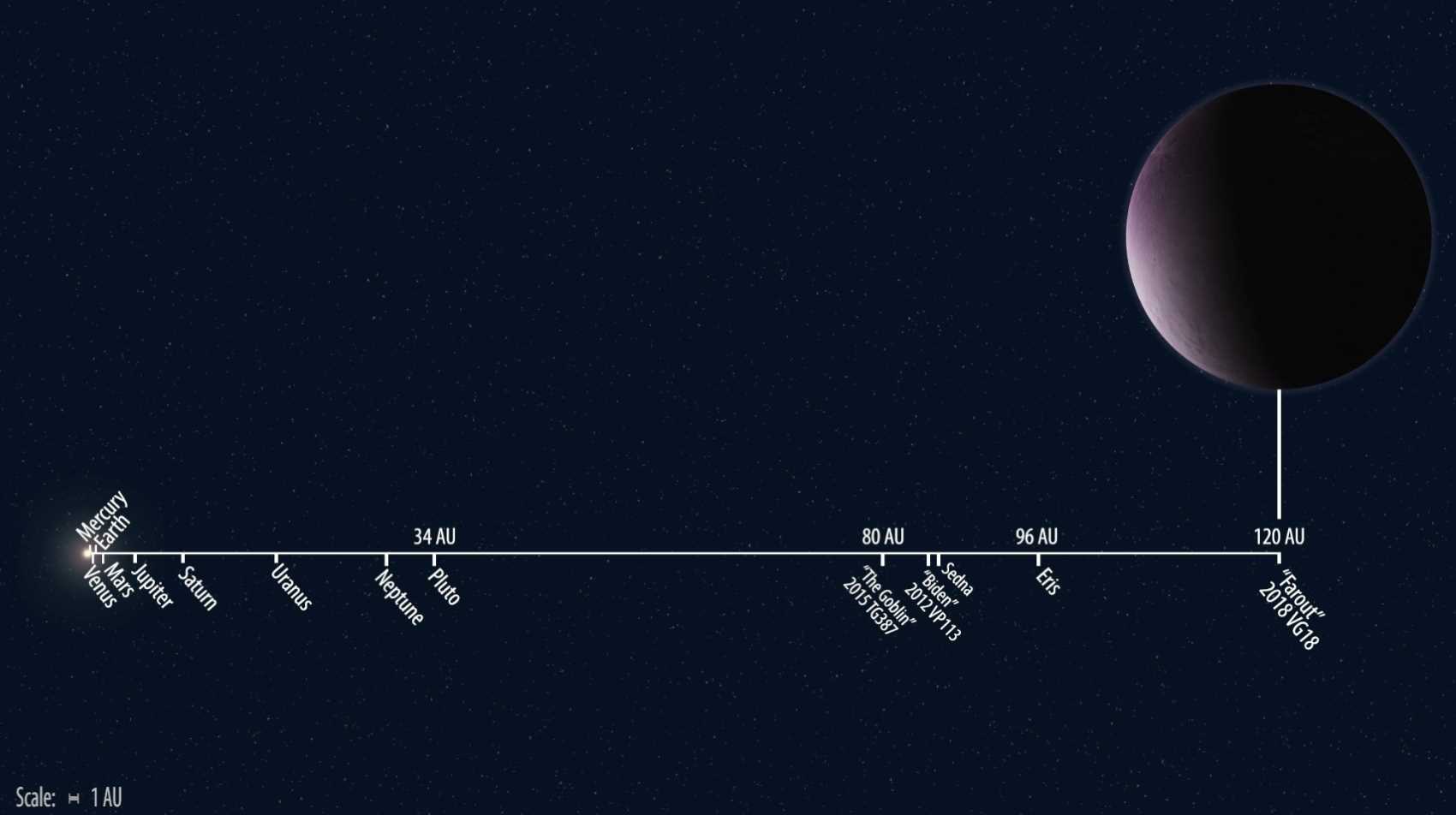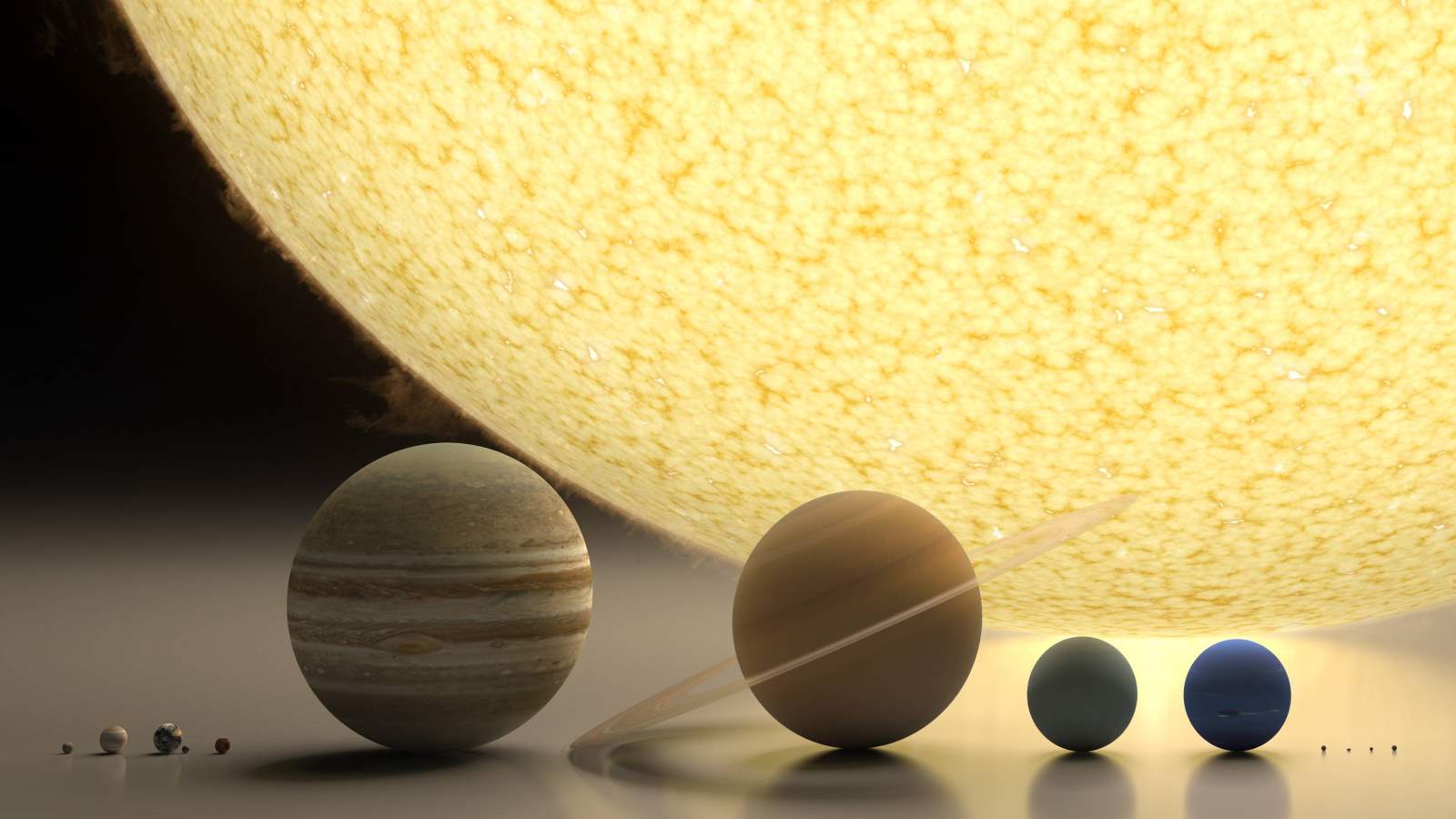Launched by NASA on September 5, 1977, to study the outer solar system, the Voyager 1 is the furthest human-made object from Earth. As of October 2022, it is more than 14,749,847,051 miles (23,737,577,852 km) away from our home planet. It is also moving away at a speed of 38,026.77 mph (61,198.15 km/h) relative to the Sun.
Despite that huge distance (even the light covers that distance in almost 22 hours!), thanks to NASA’s Deep Space Network (DSN), we can still communicate with it (also with its sister, Voyager 2). But how far can Voyager 1 go before we lose communication?
